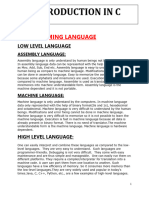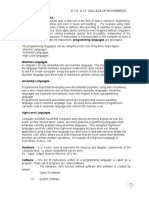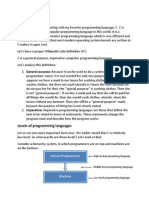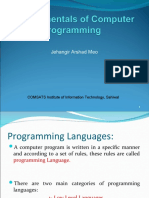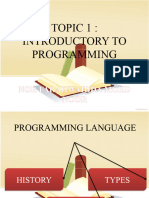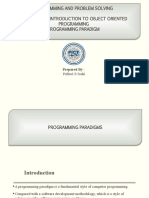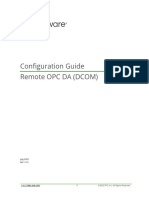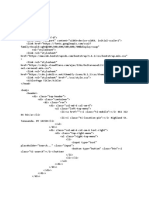0% found this document useful (0 votes)
80 views19 pagesCS1000 Basic Programming: Computing Lab - II
This document provides an introduction to the C programming language. It discusses the history and origins of C, noting that it was invented by Dennis Ritchie in 1972. It explains that C is a general purpose, efficient, and reliable language that forms the basis for many operating systems and embedded systems. The document also covers basic C programming concepts like data types, functions, comments, and input/output. It provides examples of simple C programs and discusses how to compile and run C code on Windows and Linux systems.
Uploaded by
Partho BiswasCopyright
© © All Rights Reserved
We take content rights seriously. If you suspect this is your content, claim it here.
Available Formats
Download as PDF, TXT or read online on Scribd
0% found this document useful (0 votes)
80 views19 pagesCS1000 Basic Programming: Computing Lab - II
This document provides an introduction to the C programming language. It discusses the history and origins of C, noting that it was invented by Dennis Ritchie in 1972. It explains that C is a general purpose, efficient, and reliable language that forms the basis for many operating systems and embedded systems. The document also covers basic C programming concepts like data types, functions, comments, and input/output. It provides examples of simple C programs and discusses how to compile and run C code on Windows and Linux systems.
Uploaded by
Partho BiswasCopyright
© © All Rights Reserved
We take content rights seriously. If you suspect this is your content, claim it here.
Available Formats
Download as PDF, TXT or read online on Scribd
/ 19













